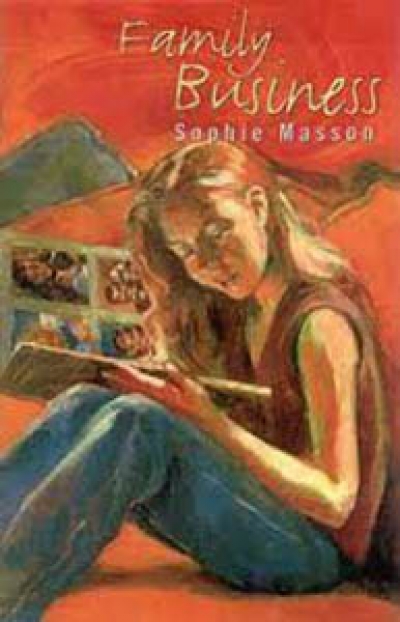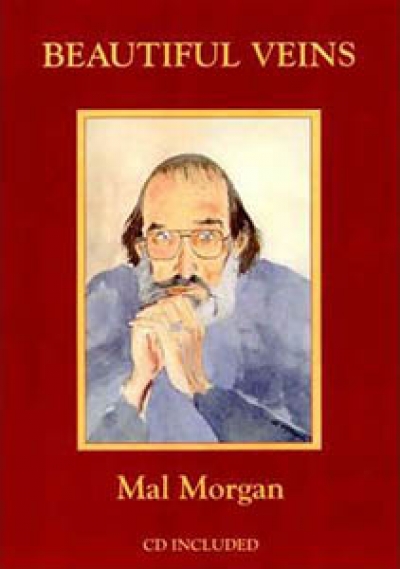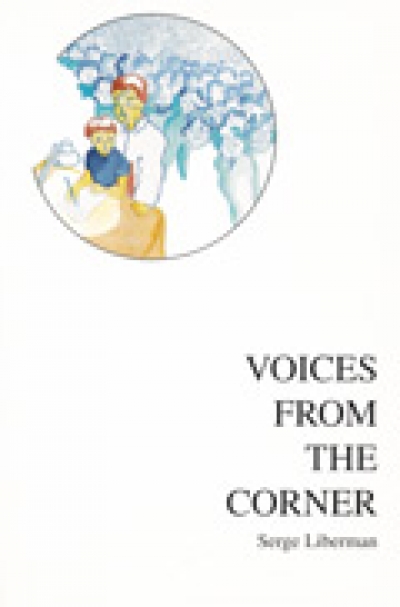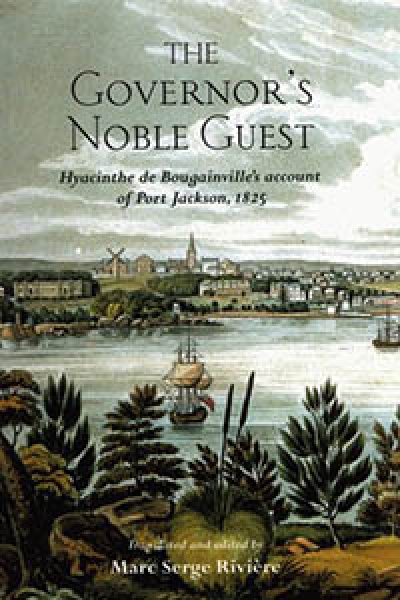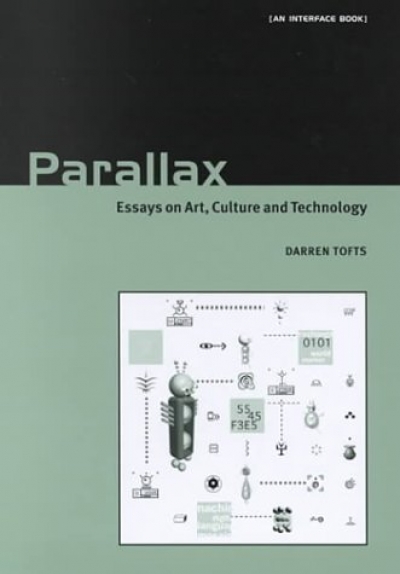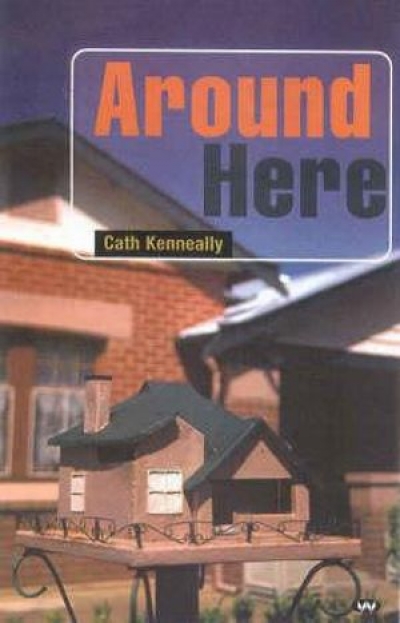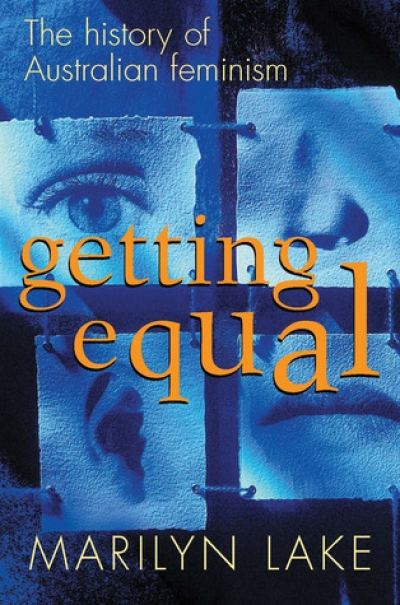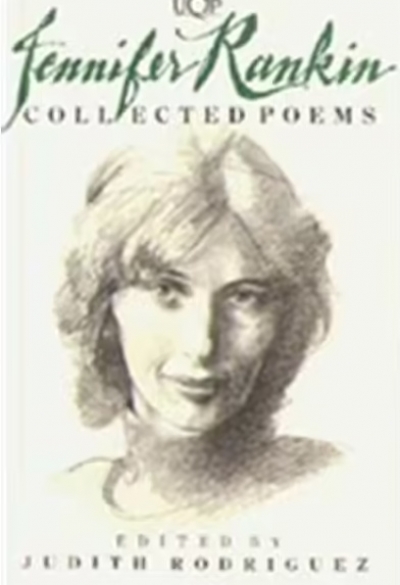Archive
Family Business by Sophie Masson & The Rented House by Phil Cummings
by Ruth Starke •
Beautiful Veins by Mal Morgan & Fighting in the Shade by Peter Kocan
by Martin Harrison •
Silver Meadow by Barry Maitland & An Uncertain Death by Carolyn Morwood
by Sue Turnbull •
The Governor’s Noble Guest: Hyacinthe de Bougainville’s account of Port Jackson, 1825 edited by Marc Serge Rivière
by Alan Frost •
Parallax: Essays on Art, Culture and Technology by Darren Tofts
by Edward Colless •
Getting Equal: The history of Australian feminism by Marilyn Lake
by Jenna Mead •
Inside the Rocks: The archaeology of a neighbourhood by Grace Karskens
by Robyn Annear •

